We deal with uncertainty in these times with observable changes in donor behavior, but do we know why and what it means for our organizations? Will the best practices of last year or even the last crisis apply to the current shifts in donor behavior? Those who focus in and listen to their data will navigate this volatile period and stabilize their organizations fundraising in 2020 and into 2021. The challenges extend from the immediate need for donations to reliable forecasting that supports planning and necessary adjustments. This post examines how monitoring donor year to date and previous year totals helps stabilize your near term forecasting and validating expectations heading into 2021.
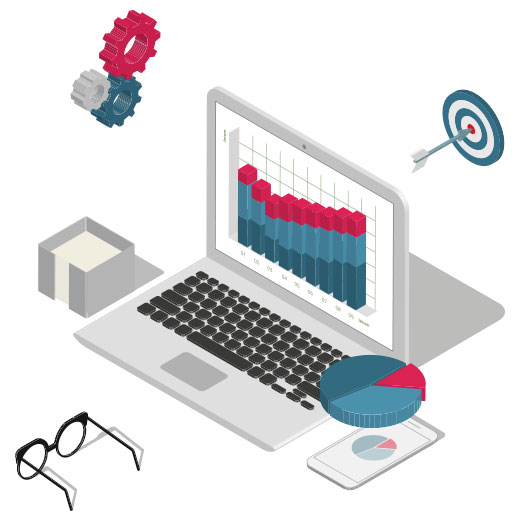
SHIFTS IN TIMING aka BURNDOWN
Donors continue to shift their giving patterns to help support their chosen charities in this moment of need. That means some end of year gifts may show up in April instead of December. Donors may also shift their giving to new organizations or causes that align with strong needs they see across health, social, or political work. If your organization doesn’t account for this breadth of change, forecasts get completely out of balance. Such a blindspot creates catastrophic shortfalls heading into 2021 and puts unnecessary pressure on your Development and Program teams.
How can data help? It can tell you about “donor burndown” and recognize the signals of “above and beyond” giving versus just a shift in the timing of donors support. Coordinate these reports with insights from your gift officers to solidify your forecast and get your planning and strategy sessions back on solid ground.
HOW IT WORKS
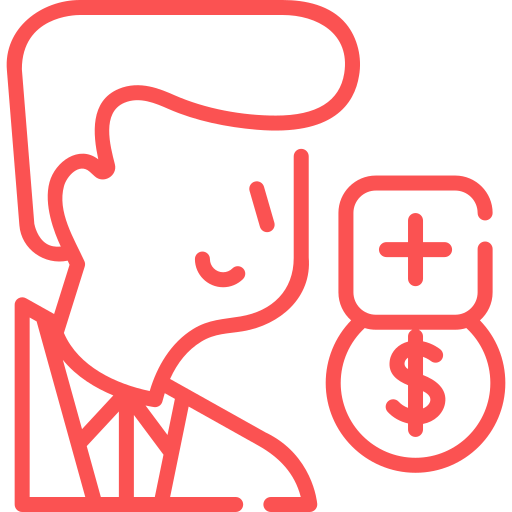
Focus on the donors that represent the top 10% to 20% of your repeat donors. Find the top of your giving pyramid that represents roughly 80% of your annual dollars.
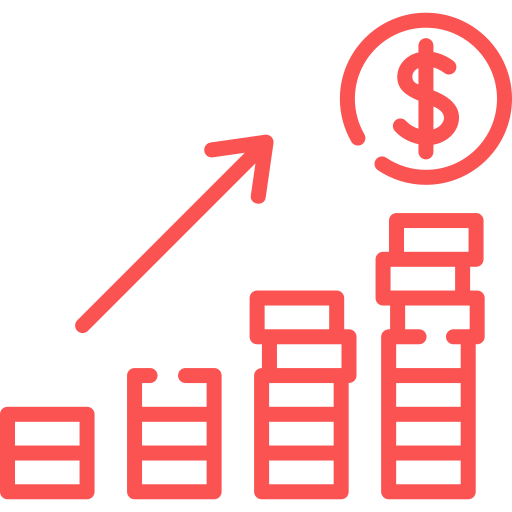
Run a report that tracks this group’s annual total and timing of gifts over the past 3 years.
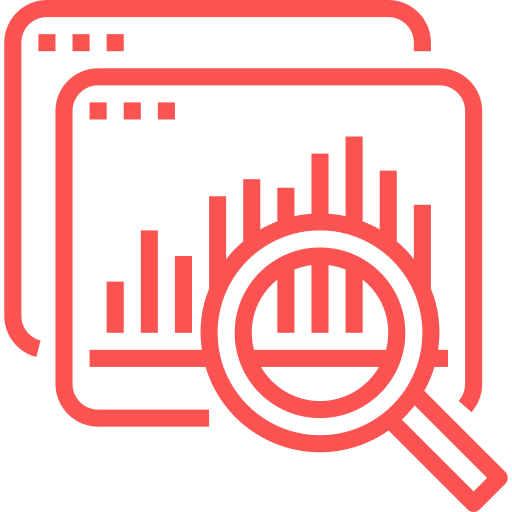
Compare the year to date giving for these donors across those years. Are they giving more money through extra gifts? Increased gift amounts? How much do they normally give later in the year?
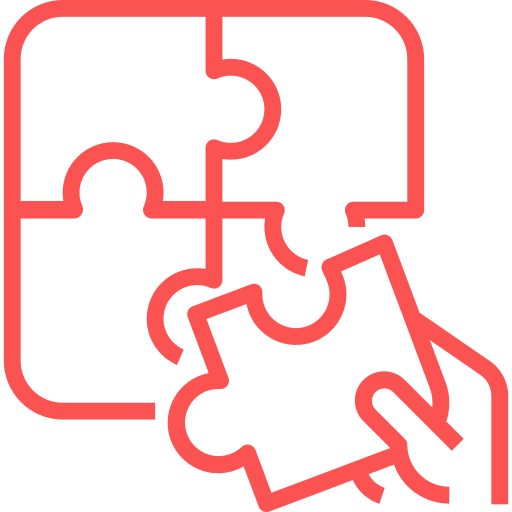
Look at the giving cadence of donors. For example, do they have a recurring gift or a pattern of monthly / quarterly / bi-annual giving. Bucket or flag them for this pattern. Monitor if the cadence remains unchanged even though the amount has changed.
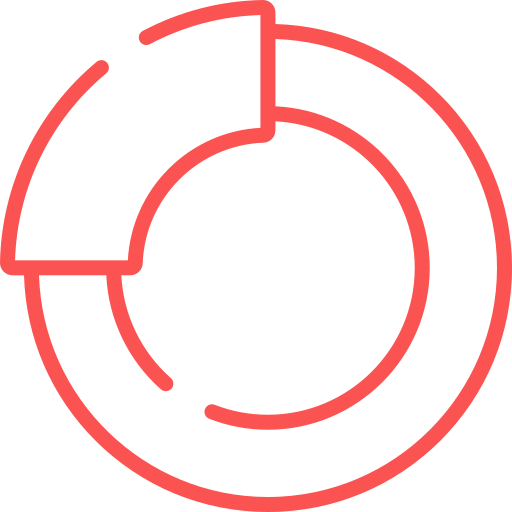
Watch for “missed” gifts by donors. If that happens, consider adjusting all subsequent forecasted gifts to correct the projection.
As an organization you can decide how conservatively to forecast the remaining portion of the year. If a donor has doubled her gift amount year to date and matched 80% of her normal annual total, a conservative forecast would adjust the remainder of the year down for that donor to 20% of their annual average. Next watch this donor to see if she makes her next gift at the normal time/amount. If so, that indicates the early lift comes from increased giving and a continuation of annual giving patterns this year. At that point, you can put those later gifts back into the forecast. If gift size has grown as well, consider increasing the forecasted annual totals to reflect a new average gift amount for the donor.
This level of donor monitoring and focus on year over year behavior for your repeat donors provides a valuable signal on what to expect. It not only informs 2020 but helps set expectations for 2021. By using your data to inform tactical, donor level decisions you can sift through the chaotic giving trends and get solid footing for your organization.

